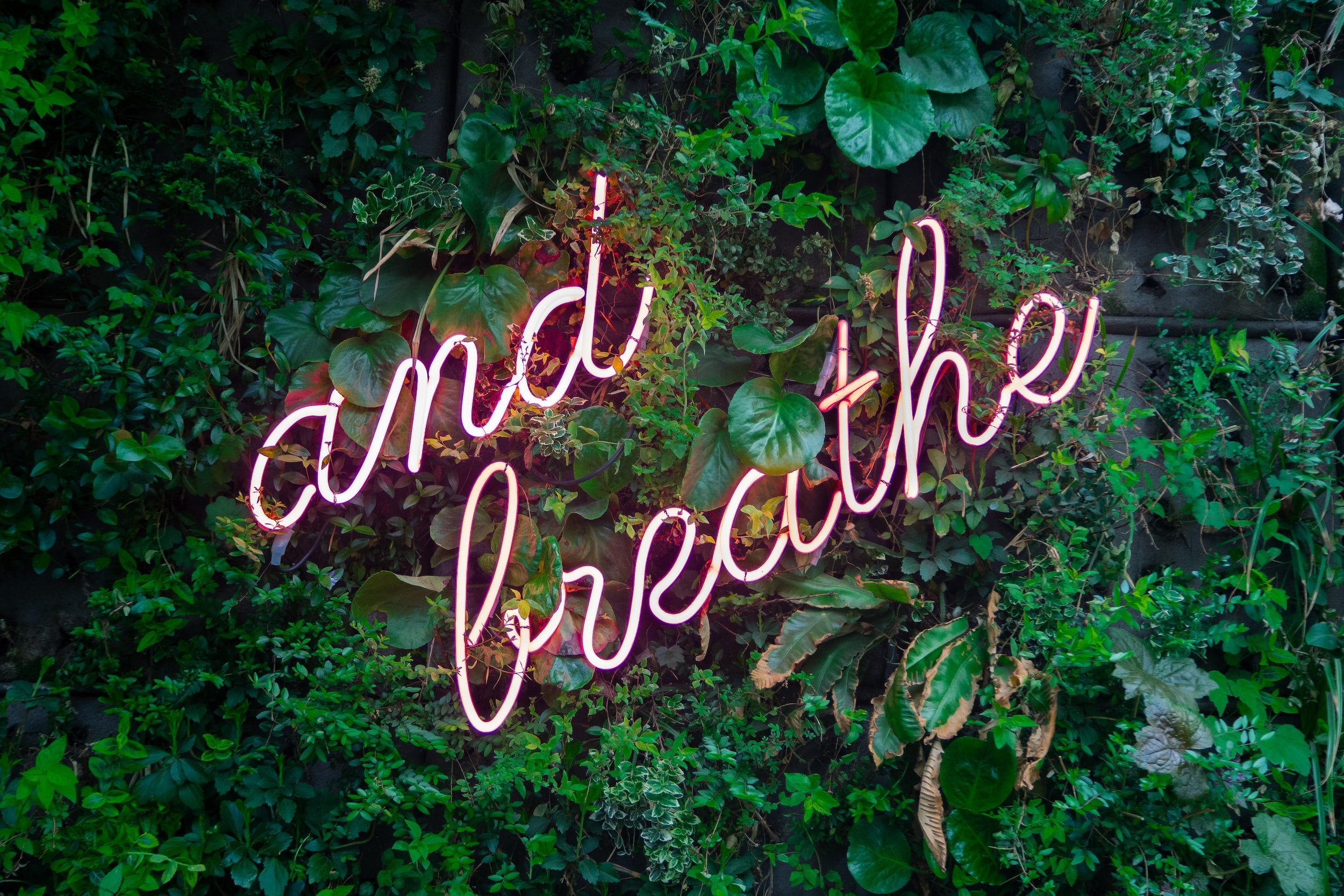Breath-Work; Nature’s Tranquilser
Breathing is automatic, instinctive and necessary for our survival. Yet not all acts of breathing are equal, some are even counter-helpful whilst others can be like a tranquiliser to the nervous system.
The Science Bit
When you breathe in, blood cells receive oxygen and release carbon dioxide, but that exchange can be disrupted with improper breathing contributing to increasing our experience of fatigue, it can lead to feelings of fear emerging resulting in anxiety or even panic attacks from occurring.
The parasympathetic nervous system and the vagus nerve are two of our bodies' coping mechanisms to such experiences. Breathing can lessen the experience of tension, fear and overwhelm stimulated by a rhythmic-breathing practice you may already know from doing exercise, yoga or from pain-management.
Breathe with Control
An example of rhythmic breathing is counts of 4 in, 4 out, this simple action has been proven by neuroscience to kick start our body's natural defences to being overwhelmed. Dr. Andrew Weil identified a further technique, a practice of; 4 in, hold for 7 and out for 8 this can calm us in challenging situations and even promote sleep (it needs only 4 rounds).
Something as simple as changing your posture whilst working on laptops and allowing the breath to flow into your belly can change how you feel in an instant; I’m consciously elongating my spine as I type this, I’m taking a breath in the pit of my stomach and slowly letting go - my shoulders relax, my chest opens up and my jaw gently drops…not bad for a single conscious breath.
Moments of Stillness
We often forget about the simple stuff in moments of overwhelm. We often forget that we can proactively create tiny moments of stillness so our mind and body have a chance to calm down.
Consistently practising tiny moments of stillness develops a go-to technique our body and mind are familiar enough with that in moments of panic and overwhelm we can use to our advantage.
Build a Habit
It takes a bit of awareness and maybe even a post-it note on your screen to remind you to take a big breath & let go. Creating a habit takes consistent practice, here is what I learnt and achieved using Fogg’s Tiny Habit technique, it is easy and very achievable and has led to other significant changes in my life, now I know I can create change through tiny actions, I have the confidence because it has worked for me. I encourage you to take a breath and check it out for yourself.

